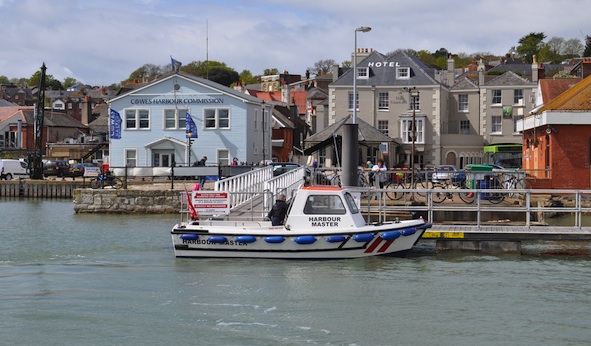On Tuesday, 21st June, Cowes Harbour Commission (CHC) hosted a multi-agency table-top exercise in association with resilience management consultancy State 21, to test and enhance emergency plans held by CHC, harbour stakeholders, and the local emergency services.
The exercise was overseen by CHC and involved representatives from local marinas, Red Funnel, Hampshire Constabulary, Isle of Wight Fire and Rescue Service (IWFRS), IW Council Emergency Planning Dept., Solent Coastguard, RNLI, and CHC’s site managers. The CHC Commissioner for Safety and Security, and CHC’s Designated Person for safety, also observed the exercise. The new ‘Operational Pre-plan’ being developed by the IWFRS in conjunction with CHC was also reviewed in detail.
State 21, who ran the exercise at Cowes Harbour Office, is led by three retired senior police officers with a combined experience of nearly 90 years in the force and who have dealt with a huge range of emergency situations and are therefore well placed to assess the harbour’s emergency plans.
Cowes Harbour Master Capt. Stuart McIntosh said: “We regularly test our emergency preparedness by carrying out drills and exercises in the harbour. This multi-agency exercise with State 21 was extremely useful for all parties involved and although all stakeholder emergency plans were well developed, there were a few lessons learned that we can action as part of the current review of CHC’s harbour emergency response plan.”
Richard Rowland, Managing Director of State 21, said: “We were delighted to assist Cowes Harbour Commission and other agencies in exercising their plans. Using an independent company adds real credibility to this process and we were pleased to add some additional dimensions and our experience to the exercise.”
All attendees and plans were rigorously tested during four scenarios that covered everything from emergencies on a small yacht within a marina to a fully laden vehicle ferry arriving into Cowes on fire.
All agencies worked closely together to assess and manage each scenario and then decide on the safest and most effective way to resolve each incident with minimal impact on other harbour users and stakeholders.
